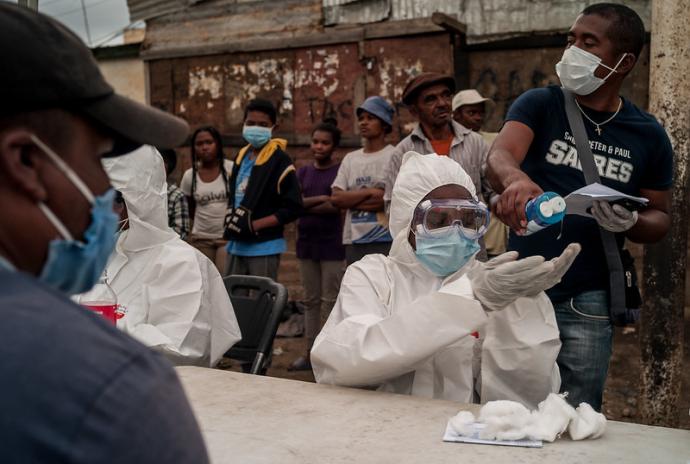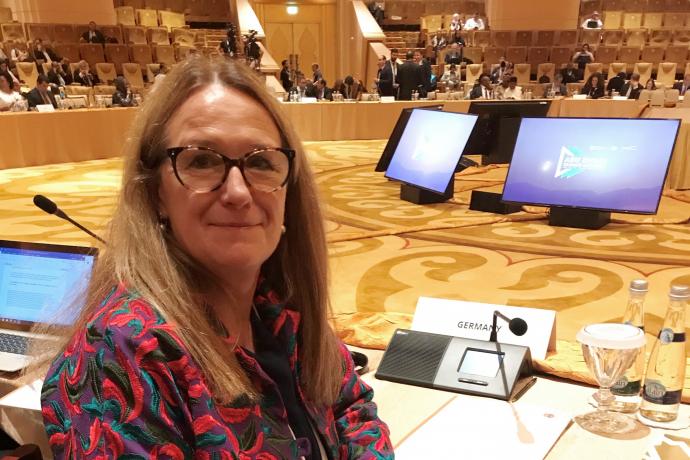6
Jul
GIIF: In order to provide an introduction to our readers, could you please share with us the main priority areas of the InsuResilience Global Partnership and the activities under its Working Groups? Dr. Zwick: Launched at the COP23 in November 2017, the InsuResilience Global Partnership has the vision, to strengthen the resilience of developing countries and to protect the lives and livelihoods of poor and vulnerable people from the impacts of disasters by promoting the adoption and use of climate and disaster risk finance and insurance (CDRFI) solutions and approaches towards faster, more...





